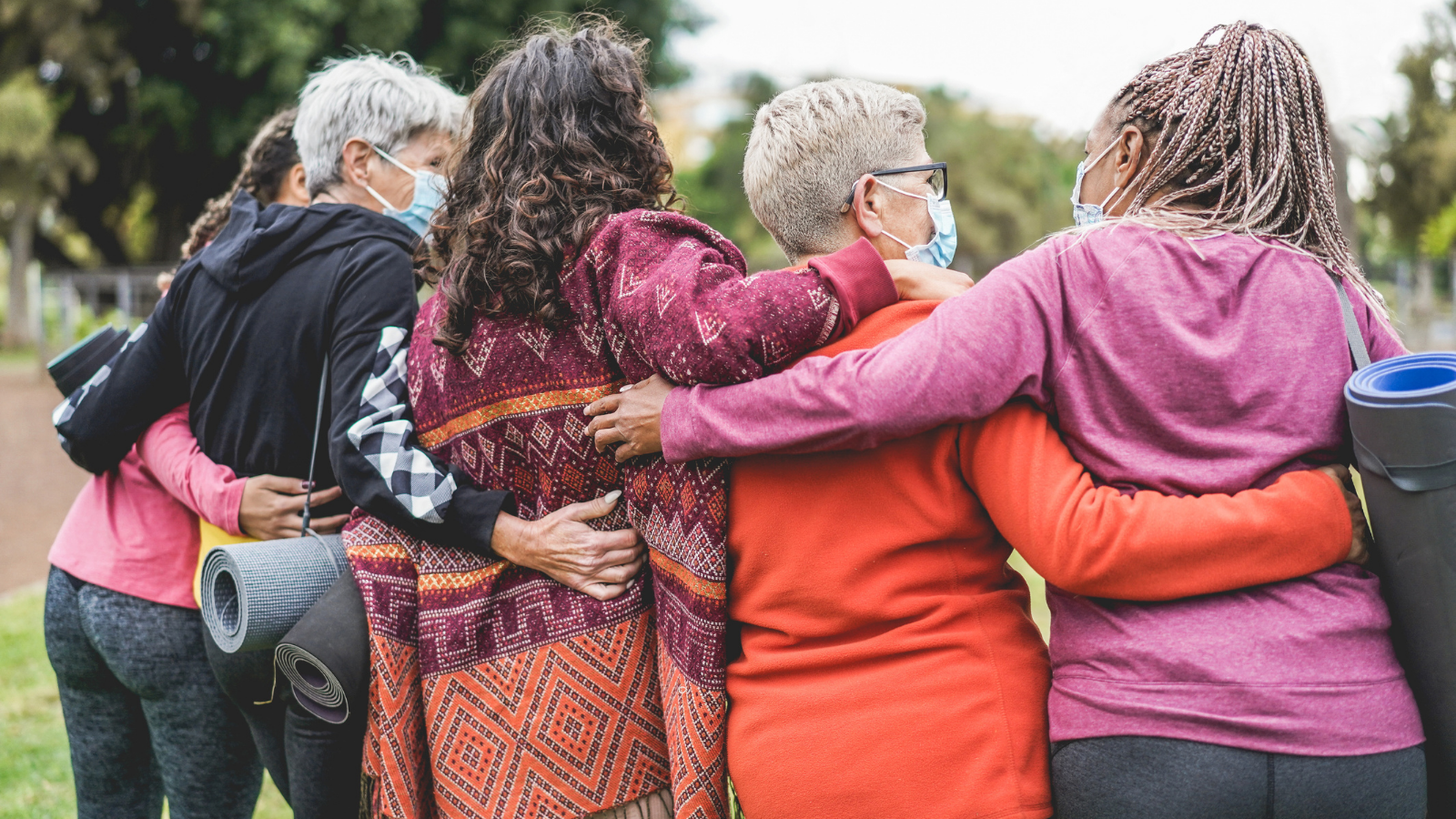View basket (0 items $0.00)
Error message
- Notice: unserialize(): Error at offset 5 of 154 bytes in variable_initialize() (line 1202 of /home/dh_6hcdc2/yogau.online/docroot/includes/bootstrap.inc).
- The file could not be created.
- The file could not be created.

Go With the Flow: Swadhisthana Chakra
This is part 3 in my series on the chakras. The last post focused on the muladhara (root) chakra and the qualities of grounding, stability, safety, and security. This post will focus on swadhisthana, the sacral chakra.
The swadhisthana chakra is located four fingers-width below the navel and is related to the lower abdomen, reproductive glands, hips, and pelvis. It is here we work to sense and recognize our creativity, desires, emotions, and our need for pleasure and healthy human interaction.
One of the great pleasures of human interaction is touch. We experience touch when we hug our family and friends, receive a relaxing massage, or enjoy intimate moments with our significant other. Hugs or a pat on the back can signal acceptance, safety, and bonding. Sadly, during the current pandemic, human touch has been largely relegated to elbow bumps. Smiling eyes above a masked face help but don’t replace the close physical contact of a hug.

Go with the Flow of Change
The element associated with this chakra is water. Life, like water, can flow gently like a babbling brook or smash into us like the tidal wave of the COVID-19 pandemic and the rapids of global unrest that have come along with it. The phrase “ride with the tide and go with the flow” is one way to think about the changeable nature of this energy as we work to heal and balance this chakra.
“The second chakra is essentially a movement chakra, which is never fully healed as it is constantly in a state of change. If there were a touchstone for a healed second chakra, it might be the ability to embrace change without losing one’s core stability.” —Anodea Judith.
To “go with the flow” and embrace change without losing stability, we need to develop healthy boundaries and resilience. These abilities are needed as we evolve from identification with family, social, and workgroups to begin the inward journey toward understanding ourselves and the ways we respond or react to our individual relationships within groups. With self-awareness, we stop trying to control external situations and people. We gain control over ourselves and learn to express our authentic selves in balanced and healthy ways.
What Chakras Can Teach Us
“At each step of the journey, the chakras describe an area of our lives for exploration, integration, and transformation.” —Joseph LePage.
It is fascinating to think that the issues we face in our lives could be reflected in and connected to a physical part of our body, as LePage suggests.
My personal realization of this came about while I was studying chakravidya (knowledge of the chakras) as part of my yoga therapy training. At the same time, I was working my way through the aftermath of an emergency hysterectomy while in the middle of a difficult second marriage. That perfect storm of second chakra circumstances helped me come to grips with and better understand the connection between my body; the energy of the sacral chakra; and the flow of desire, emotion, and intimacy.
Even now, when I do a chakra scan, I can sense an imbalance and blockage in this area, so I know that as a recovering codependent perfectionist, I have more work to do.
Imbalance in this energy may, like chronic stress, be a factor in low back, hip, and pelvic pain, sciatica, OB/GYN, sexual potency, or urinary problems. In his book Healing Into Life and Death, Stephen Levine points out that grave injury and trauma in this area through sexual abuse, abandonment, or betrayal will take time and careful work to heal and may require professional help. Our challenge is to embrace change, take personalized appropriate action, and manage life’s flow when it is pleasurable and brings difficult transitions, pain, and loss.
How to Shift Sacral Energy with Yoga
Movement is a natural go-to solution for me whenever I’m feeling blocked or stuck. I know I can shift my energy by dancing, walking, and, of course, practicing yoga. Movement helped me immeasurably as I recovered from my hysterectomy and later dealt with the end of my marriage.
To work with the sacral chakra, I recommend the following yoga practices.
Physical Practice: Dynamic Cobra (Bhujangasana)

-
Come to the floor on your hands and knees in Bharmanasana (Tabletop Pose) with your knees hip-width apart and your arms shoulder-width apart and outstretched.
-
Exhale as you sit back onto your heels in Child’s Pose (Balasana) to generate a feeling of safety, security, and self-nourishment.
-
Inhale and move through your hands and knees position to lower yourself into your comfortable version of Cobra Pose (Bhujangasana).
-
Exhale and push yourself up to your hands and knees and sit back into Child’s Pose.
-
Pick a pace and rhythm that is comfortable for your body as you move through the flow.
-
Repeat at your chosen pace for 30 seconds to a minute or more.
-
Rest in Child’s Pose.

If you need a more accessible practice, try Spinal Flexes in a chair: (in the version below, the wall is added)
-
Sit comfortably in your chair with your hands on your thighs.
-
Inhale and extend your spine and pelvic rim forward with your chest lifted and chin parallel to the floor.
-
Exhale and flex your spine and pelvis backward, rounding your back and straightening your arms to feel a stretch in the upper back.
-
Continue for at least 30 seconds or longer if you feel comfortable.
-
To finish, inhale and hold your breath on the forward flex for a second or two.
-
Exhale and hold your breath out on the backward flex for a second or two.
-
Inhale to center and rest.

Energy Practice: Swadhisthana Mudra
In Mudras for Healing and Transformation by Joseph and Lilian Le Page, this mudra is said to help cultivate self-nourishment and support the health of the reproductive and urinary systems by releasing tension from the sacrum and lower back. There are no contraindications.
-
Place your right hand over your lower abdomen, with your thumb resting just below your navel.
-
Cup your left hand and hold it facing upward at the level of your navel and slightly angled to the left of the body, with your forearm parallel to the earth.
-
Soften your shoulders and allow your spine to be naturally aligned.
-
As you hold the mudra, watch for sensations such as pulsing, tingling, or feelings of movement within your body.
-
Hold for 5 to 10 breaths or longer if you are comfortable.
Mental Practice: Optional Affirmation
Repeat this affirmation on its own at any time or while practicing Dynamic Cobra or Swadhisthana mudra.
“With awareness and balance, I go with the flow of life.”
Reprinted with permission from Yoga for Healthy Aging.blogspot.com

 Beth Gibbs, MA, is a certified yoga therapist through the International Association of Yoga Therapists and a faculty member at the Kripalu School of Integrative Yoga Therapy. She holds a masters’ degree in Yoga Therapy and Mind/Body Health from Lesley University in Cambridge, MA. She is the author of Enlighten Up! Finding Clarity, Contentment and Resilience in a Complicated World and Ogi Bogi, The Elephant Yogi, a therapeutic yoga book for children. Beth is an experienced workshop leader and public speaker. She blogs at bethgibbs.com
Beth Gibbs, MA, is a certified yoga therapist through the International Association of Yoga Therapists and a faculty member at the Kripalu School of Integrative Yoga Therapy. She holds a masters’ degree in Yoga Therapy and Mind/Body Health from Lesley University in Cambridge, MA. She is the author of Enlighten Up! Finding Clarity, Contentment and Resilience in a Complicated World and Ogi Bogi, The Elephant Yogi, a therapeutic yoga book for children. Beth is an experienced workshop leader and public speaker. She blogs at bethgibbs.com
Featured Courses









